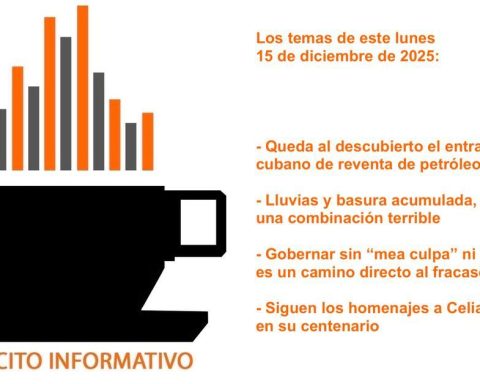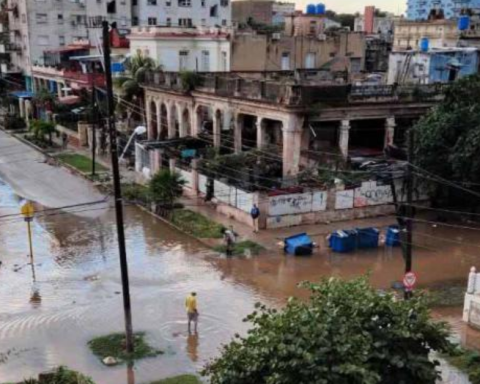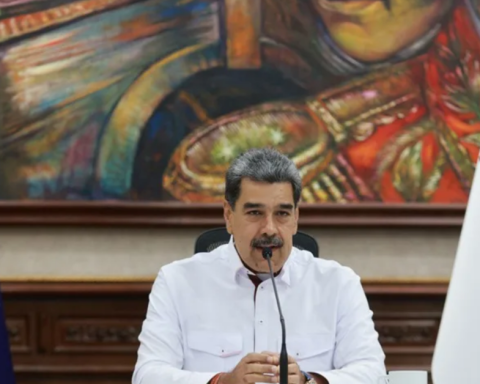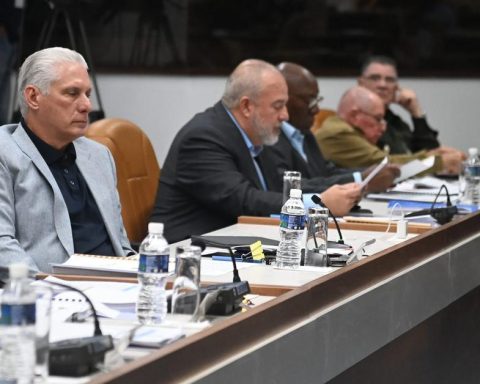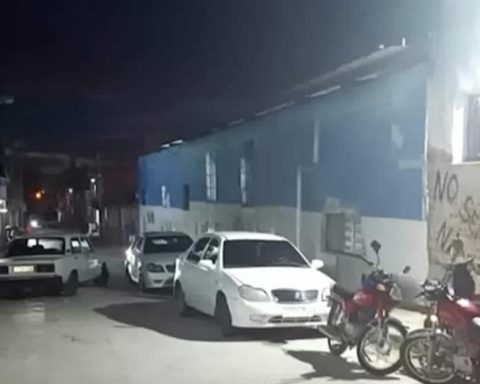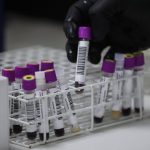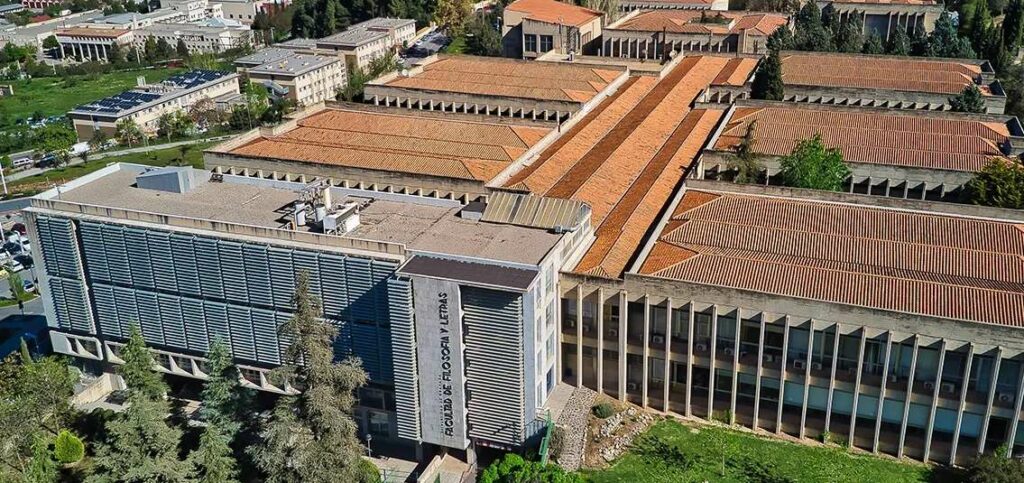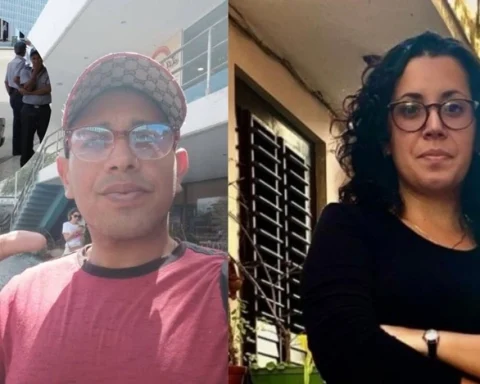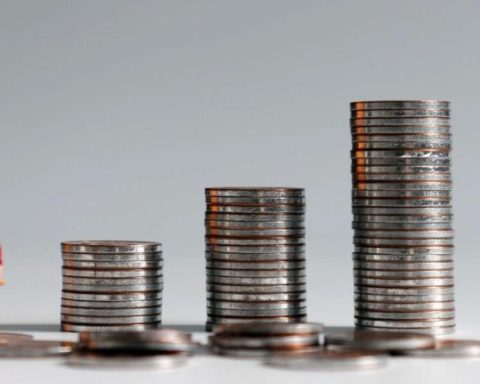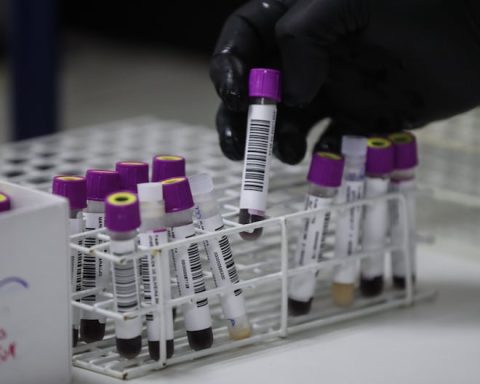(EFE).- The US Border Patrol arrested 36 Cubans this Thursday after making landfall in Florida. A group of 26 people arrived aboard a boat to Key Biscayne, an island linked to Miami by bridges and with one of the highest standards of living in South Florida. Others 10 migrants were arrested in Key Colony Beach.
The detainees face being repatriated to Cuba, according to reported on Twitter Border Patrol officer Walter Slosar. On his social networks he published photographs of the boats, one of them painted blue and called sea cownow empty, in Bill Baggs State Park, a nature reserve in Key Biscayne.
No details were given about the landings, two more in a long list of arrivals of Cubans to the US by sea, which total more than 6,000 detainees since October 2021. The figure is a record, as is that of those arriving by land. through Mexico, numbering some 179,000.
The crossing in rafts from the Island happens almost daily, according to information from the Coast Guard and the United States Border Patrol.
Since July 2021, when the largest protests against the regime broke out since 1959. Arrivals of Cubans, which decreased during the pandemic, increased along with the shortage crisis and the energy deficit.
Since October 2021, there are more than 6,000 Cuban rafters detained after arriving in Florida
On Monday, 35 Cuban rafters were arrested who made landfall, aboard two rustic boats, on Marquesas Key, an uninhabited island west of Key West, in southern Florida.
Two groups of Cuban migrants had been stranded there and were rescued by US Coast Guard and Customs and Border Protection agents.
Last week a raft capsized near Key West and more than 13 people are still missing, after this Thursday it was reported that two other bodies recovered. Nine survived and seven were found dead.
Meanwhile, the official death toll from Hurricane Ian in Florida rose to 89, below the more than 100 reported by other sources, according to a coroner’s report from the affected counties released Thursday.
The 89 deaths are those that forensics consider to have been caused directly by the hurricane that made landfall in southwest Florida on September 28 with winds of 240 kilometers per hour and then crossed the Florida peninsula from west to east to leave to the Atlantic and later impact in South Carolina.
To the 72 dead recorded on Tuesday are added seven Cuban rafters whose bodies were found in the Florida Keys
That is the reason why the deaths have occurred not only in the impact zone, near Fort Myers, in Lee County, but in another 13 of the 67 in which Florida is divided.
To the 72 dead recorded on Tuesday are added seven Cuban rafters whose bodies were found in the Florida Keys (southern state) after the shipwreck of their boat in the midst of the strong swell produced by Ian, who before making landfall in the US devastated western Cuba, reported the newspaper miami herald.
The bodies of the rafters have yet to be found. Another nine survived, according to authorities. Lee County, where the “ground zero” of the disaster is, which this Wednesday received the visit of the president of the United States, Joe Biden, and his wife, registered the highest number of victims, with 49 deaths.
About half of the deaths have been due to drowning, due to the storm surge that raised the sea level several meters and flooded entire towns.
This Tuesday the accesses to the islands that form a natural barrier on the coasts of southwestern Florida and that suffered brutally from Ian began to open, which can increase the number of victims, since there were people who chose not to leave their homes despite orders to evacuate ahead of the hurricane.
The material losses can be from 40,000 to 60,000 million dollars, according to the first estimates.
________________________
Collaborate with our work:
The team of 14ymedio is committed to doing serious journalism that reflects the reality of deep Cuba. Thank you for joining us on this long road. We invite you to continue supporting us, but this time becoming a member of our newspaper. Together we can continue transforming journalism in Cuba.

